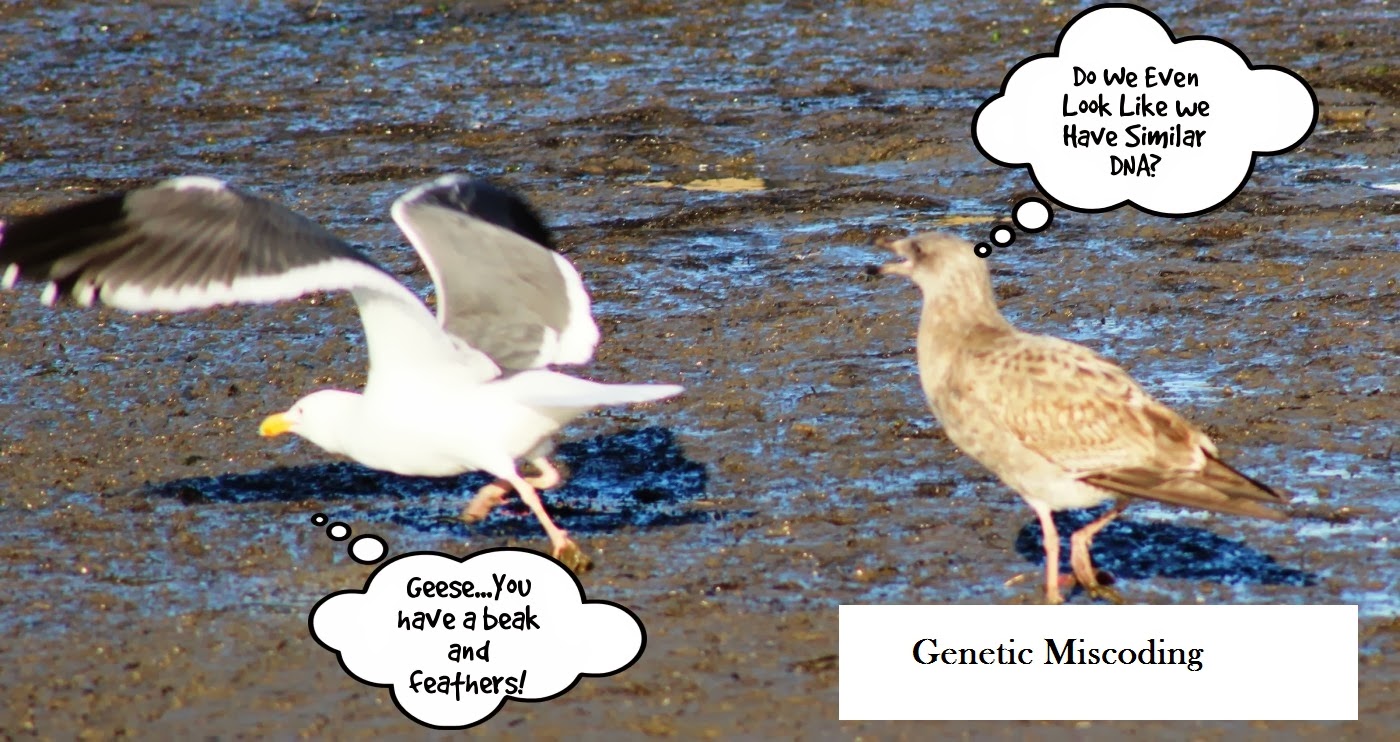It is rare to find new fresh water species of fish in the
United States. It is even rarer to find new species in the mountain streams of
Idaho and Montana. Biologists from the U.S. Forest Service Rocky Mountain
Research Station came up with an interesting discovery when completing a
genuine inventory.
The species they found is now called the cedar sculpin after
similar species. At first they were unaware that they have discovered something
new. Through genetic coding they were able to determine that these fish were
previously unlisted and not seen before.
Because of their small size of a few inches they are
important fish for other larger species. In the food chain the smaller fish
help maintain larger fish within the ecosystem. For example the cedar sculpin
eat insects and are in turn eaten by bass. We of course like to eat the bass.
The find helps us think about how even new things can be
found right under our noses. We only need to look a little closer to see what
others have not yet discovered. North America still holds some interesting gems
and perhaps further research may determine better uses of this species.
